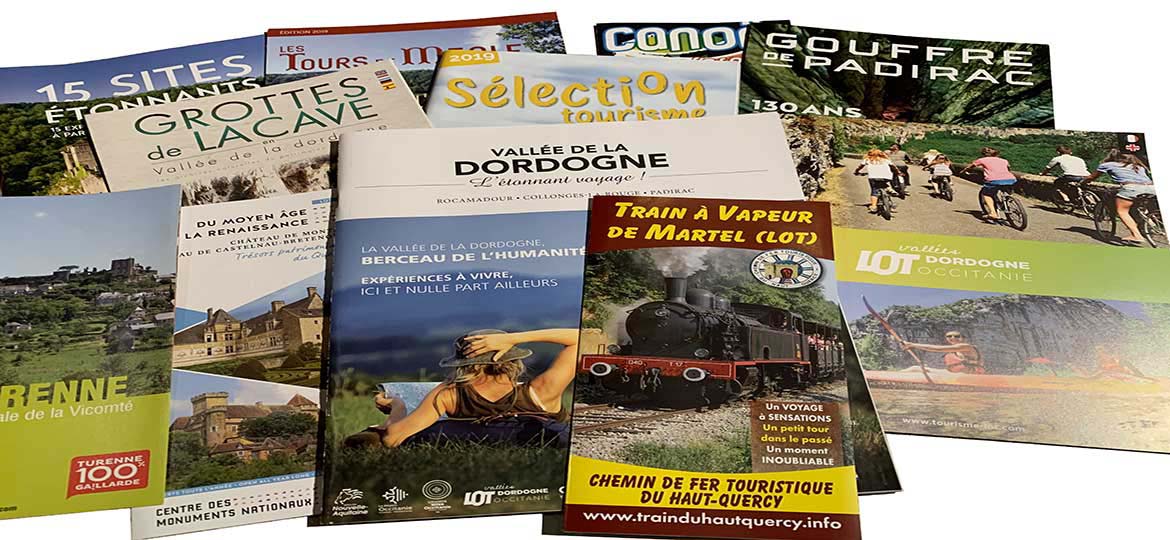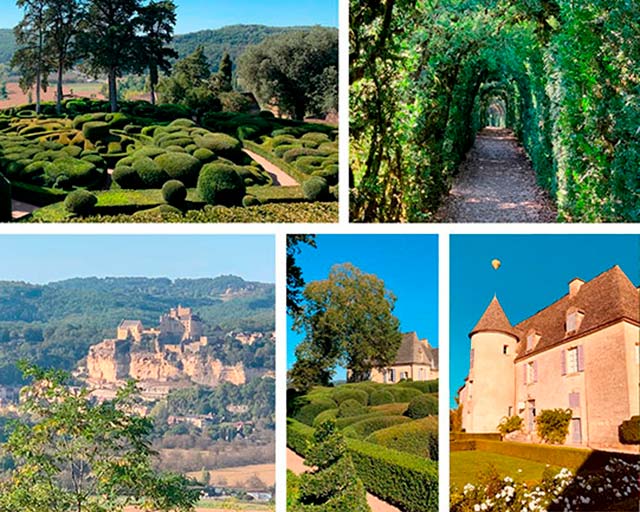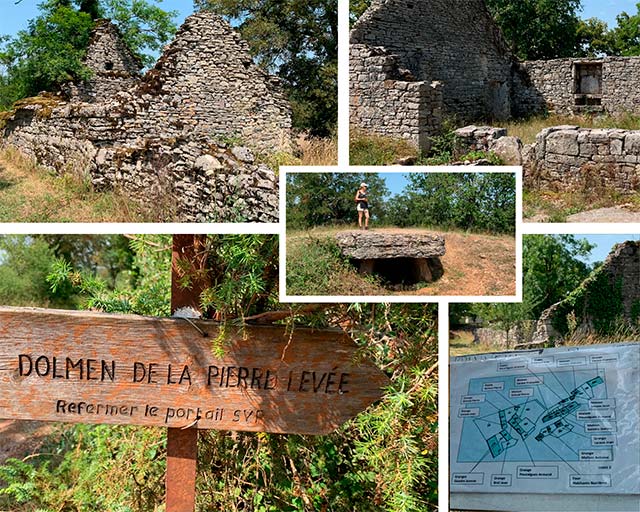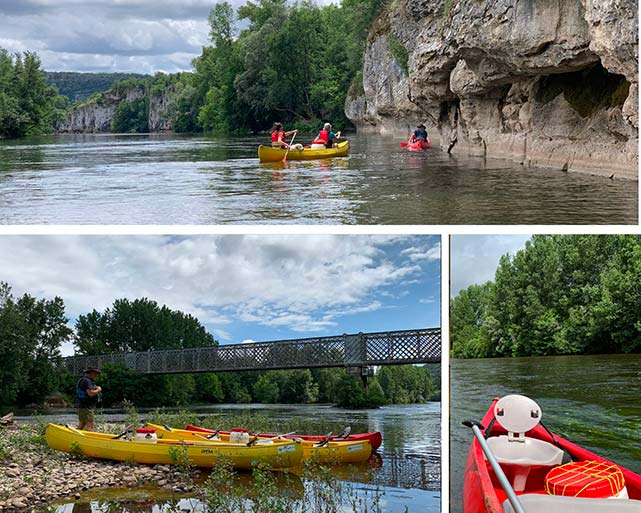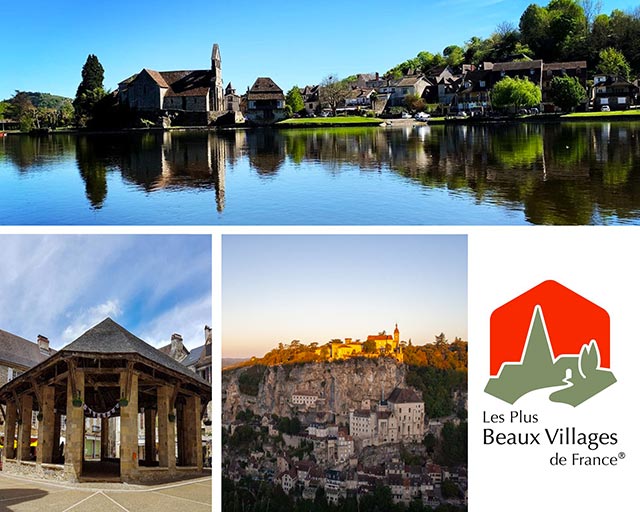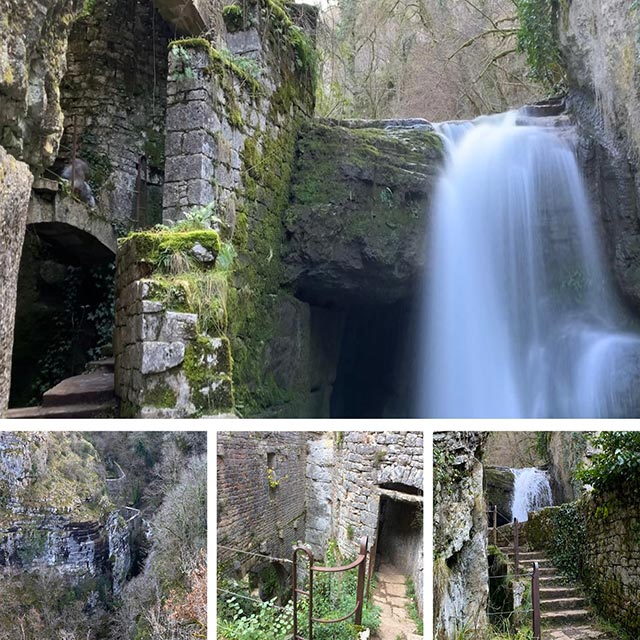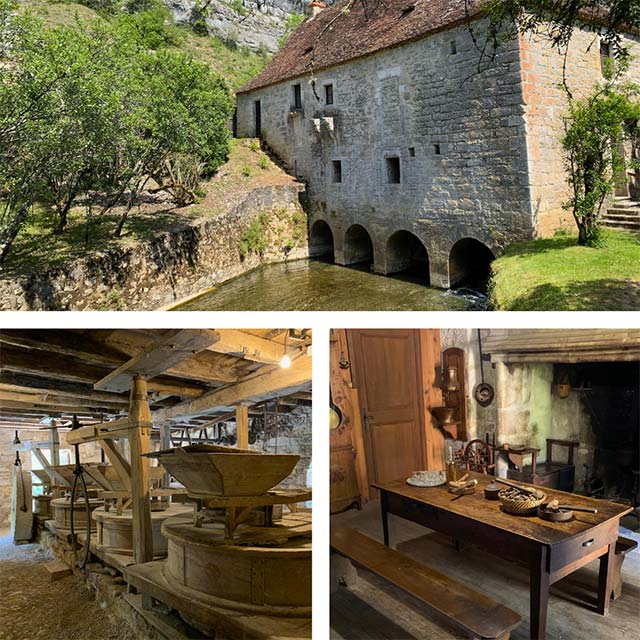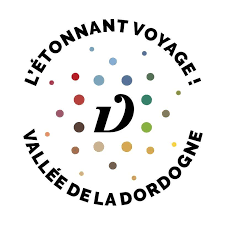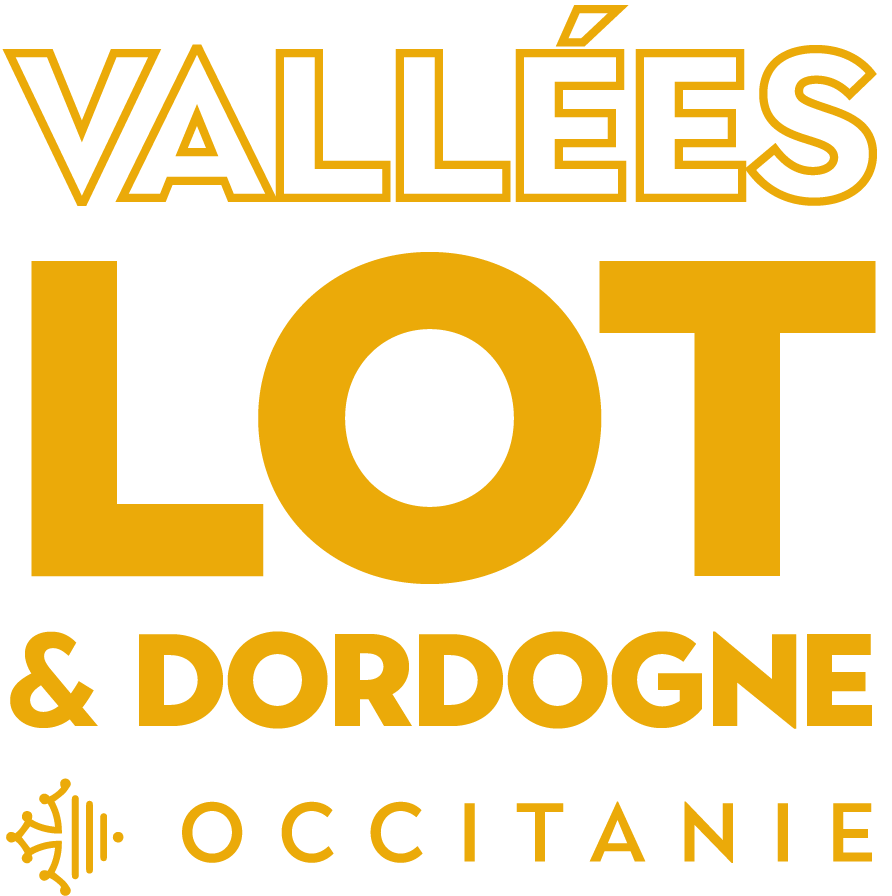An extraordinary garden
Let's move away from the Moulin du Boisset! Oh, not too far, just an hour's drive and still in the Dordogne Valley, but this time not in the Lot department but in the nearby Dordogne. Like the Lot, the Dordogne is an incredibly rich area in terms of tourist sites, history and heritage. There are medieval towns such as Sarlat-la-Canèda, La Rocque-Gageac, Domme, Benac and Cazenac, most of which have been awarded the "Most Beautiful Villages in France" label. The Dordogne is home to the famous Lascaux cave, with its exceptional, world-renowned cave paintings, and a host of medieval castles built during the Hundred Years' War.

